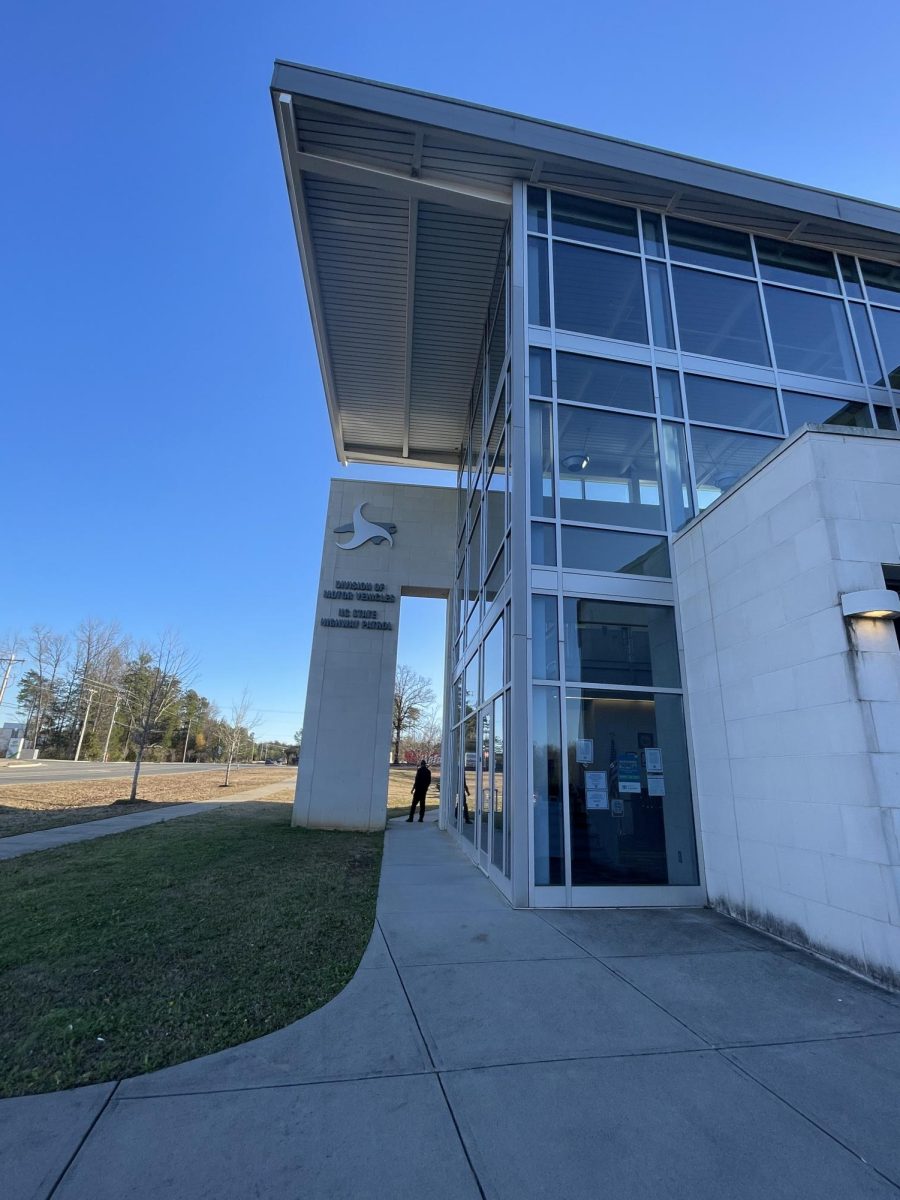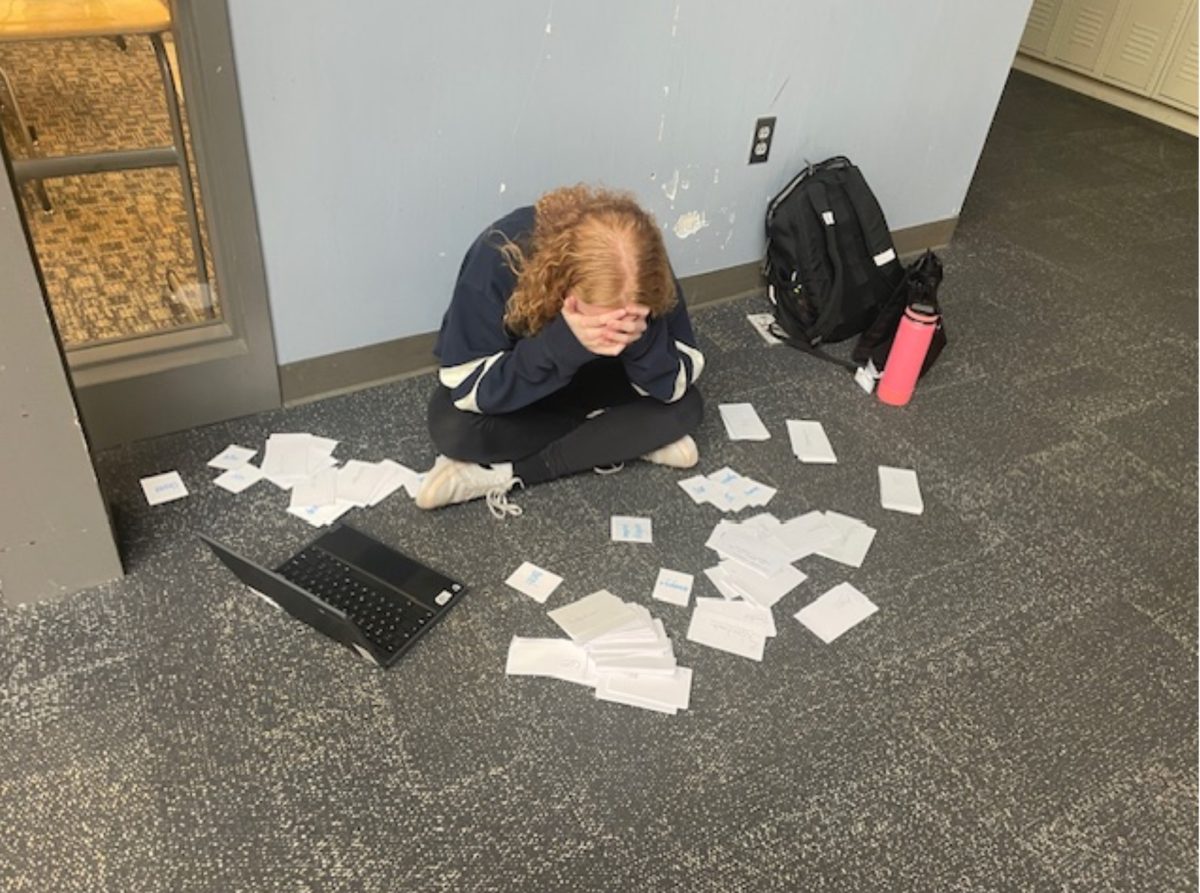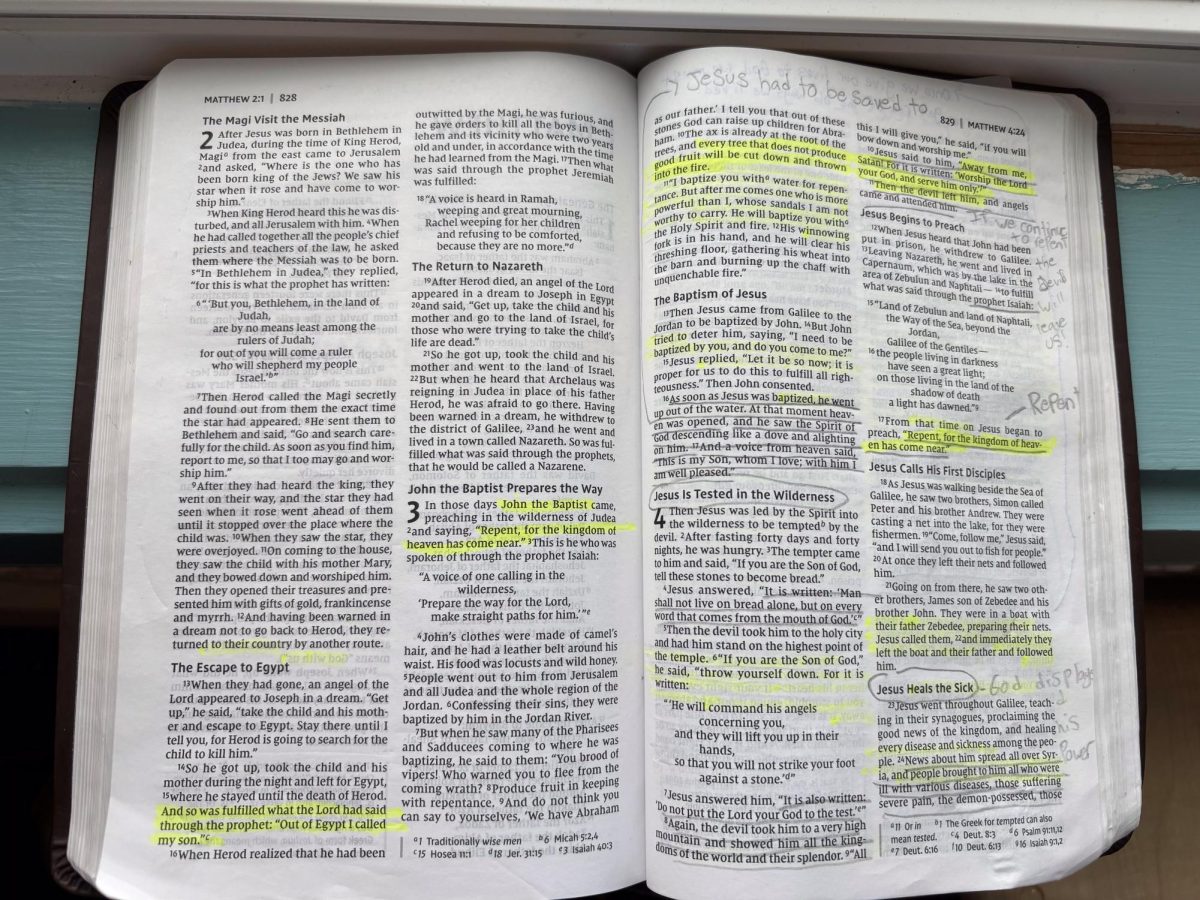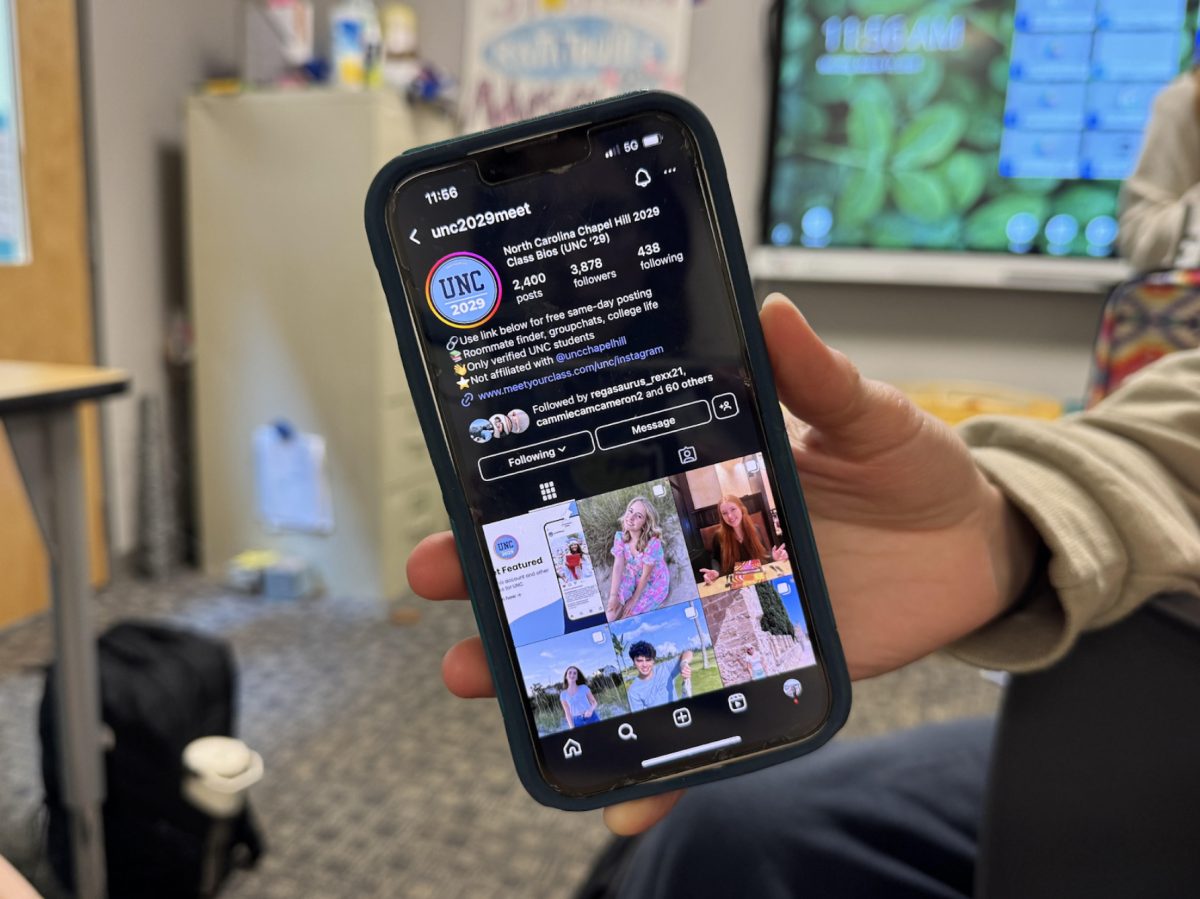When Community School of Davidson (CSD) student Lelia McQuaid (‘27) took her first license test at the Huntersville, NC, DMV, she had no clue that it could go so wrong.
When McQuaid’s family decided that she needed her license so she could drive herself to and from school, getting her license became a priority.
Even though she had driven confidently on her permit for the prior 9 months, her first license test was a disaster. Her nerves caused her to make several critical mistakes and her instructor took notice.
Despite her nerves, she tried her best to be confident in her driving. However, her instructor did not help even from the beginning.
“She was not the most [kind],” Lelia McQuaid said. “She was yelling at me because I was walking to my car [too slow].”
Then they hit the road.
“My first driving test… I went way too fast through a stop sign… I thought I stopped for long enough but apparently the instructor thought I was fast… I backed up too far and hit the curb,” McQuaid said.
Before even exiting the car, her driving instructor told her that she failed.
“I was really scared…The [instructor] told me to just drive back to the DMV.” McQuaid said.
For many people like McQuaid, the nerves that amp up during any kind of test ruin their thought process and reaction times. This is critical when it comes to driving, as these functions are both necessary for safely operating a vehicle. Sometimes, these nerves can even pop up as physical symptoms.
According to the National Institutes of Health, many behaviors exhibited by nervous and anxious drivers are dangerous, reckless, or overall hazardous.
In fact, there are 3 kinds of responses typical of anxious drivers: Excessively Cautious Behaviour, Performance Deficits and Aggressive Driving. These behaviors have been shown to make the roadways generally less safe to the drivers, regardless of their intent, which can guide a lot of DMV instructors’ testing decisions.
Taylor Stevens’ (‘27) first license test attempt at the Fayetteville, NC, DMV might have been less horrible if she had not been sent home after a three hour wait.
“I had to drive an hour just to get there… I did not play on my phone or read a book… I was staring at the DMV TV screen for two whole hours,” Taylor Stevens said. “I had been waiting to take my driving test for three hours, and this entire time I was super nervous because I felt like I was underprepared… I walk into the room like ‘even if I do fail my driving test, at least I tried,’ I sit down, the guy takes one look at me and he’s like ‘uhh, yeah you can’t take your driving test’.”
Having taken Driver’s Education when the six month requirement was still in effect, Stevens had been told that she only needed to have those six months of driving experience completed in order to take her test. However, on January 1, 2024, a new law was put into effect in North Carolina changed things, drawing out this required period to nine months.
Stevens didn’t catch the change.
“This guy is like ‘Oh, there’s this new law, you have to wait nine months after having your learners permit before you can get your license,’” Stevens said.
So she left the DMV without even an opportunity.
Katelyn Casiday (‘27) spoke about her awful experience at the DMV, as well. She was confused and dumbfounded about the complaints the instructor shared about her driving.
“I was going 45 in a 35 [mph zone],” Katelyn Cassidy said. “She wasn’t looking. My instructor was looking out the window so I have no idea how she knows how fast I was going…There were no speed signs in the area.”
She failed, too.
One extremely common problem with the North Carolina DMV is the confusing and tedious instructions about what documents are required to bring. The official DMV list of requirements consists of 5 sections.
The sections are as follows:
- Proof of Age and Identity, such as the original copy of an American or Canadian issued birth certificate or a valid, unexpired U.S. Passport.
- Proof of Legal Presence, such as a valid, unexpired Permanent Resident Card or Certificate of Naturalization.
- Proof of North Carolina Residency, such as a North Carolina Voter Precinct Card or the customer’s North Carolina Vehicle Registration Card.
- Proof of Social Security, such as the original, non-laminated, paper copy of the customer’s Social Security Card, or a 1099 tax form with the name and full social security number of the customer.
- And finally, Proof of Liability insurance, such as a DL-123 insurance form or an insurance card with the customer’s, not a family member’s, name.
For many people, such as Stevens and her family, pieces of this paperwork can be easily forgotten or overlooked.
“We supposedly had to ‘print out’ our history, so we had to drive to the nearest library to print it out,” Stevens said.
On average, about 50% of test-takers fail on their first try. This trend continues with about half (although the percentage decreases slightly with each try) of the remainder passing on their second, third, fourth, fifth, sixth (and beyond) attempts. This means that with every test they fail, the chance of someone passing gets smaller and smaller.
Despite these many struggles, as of publication, two of these three sophomores have taken their second road tests and both passed with flying colors.
As for the third, her time will come.








